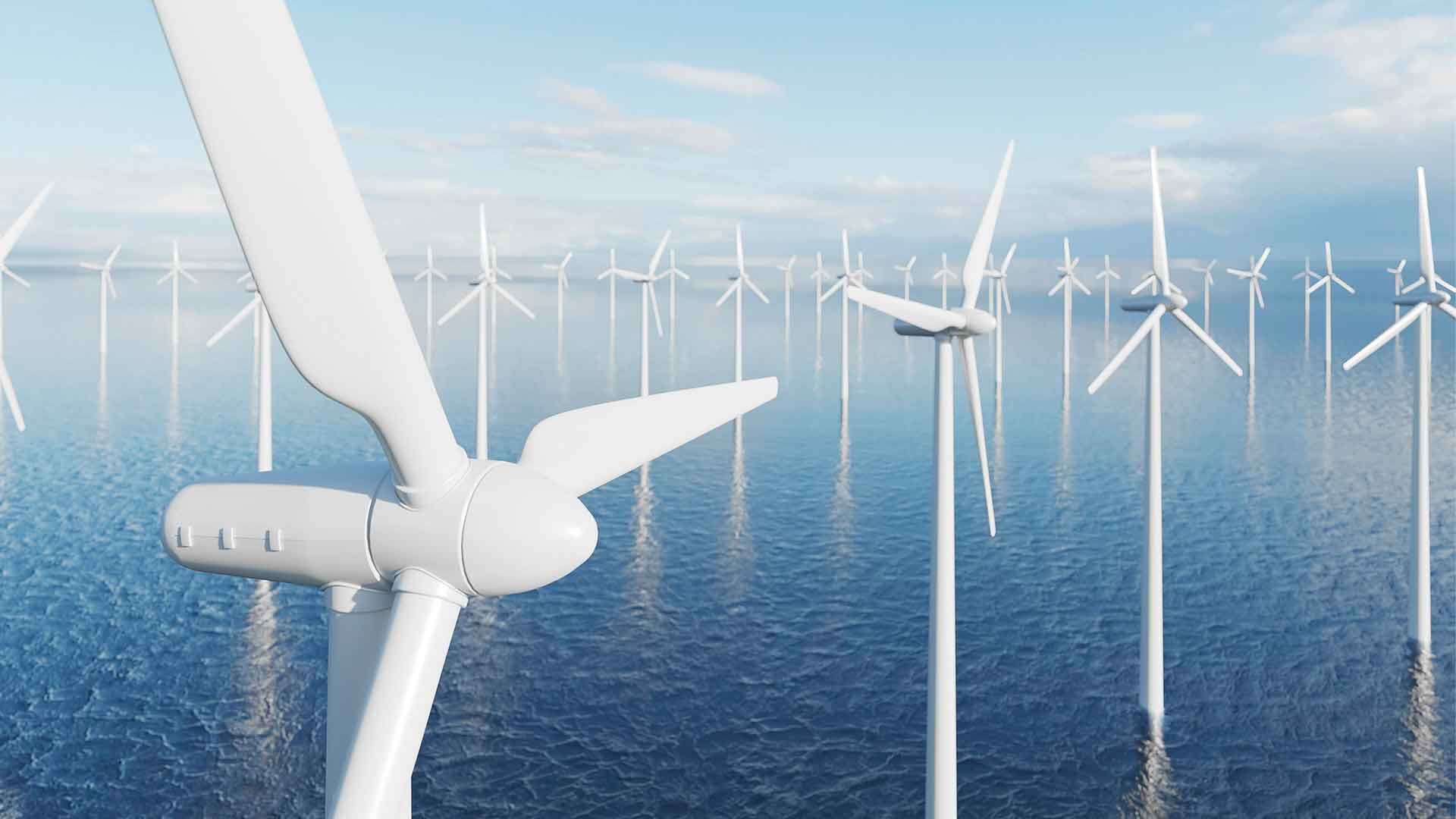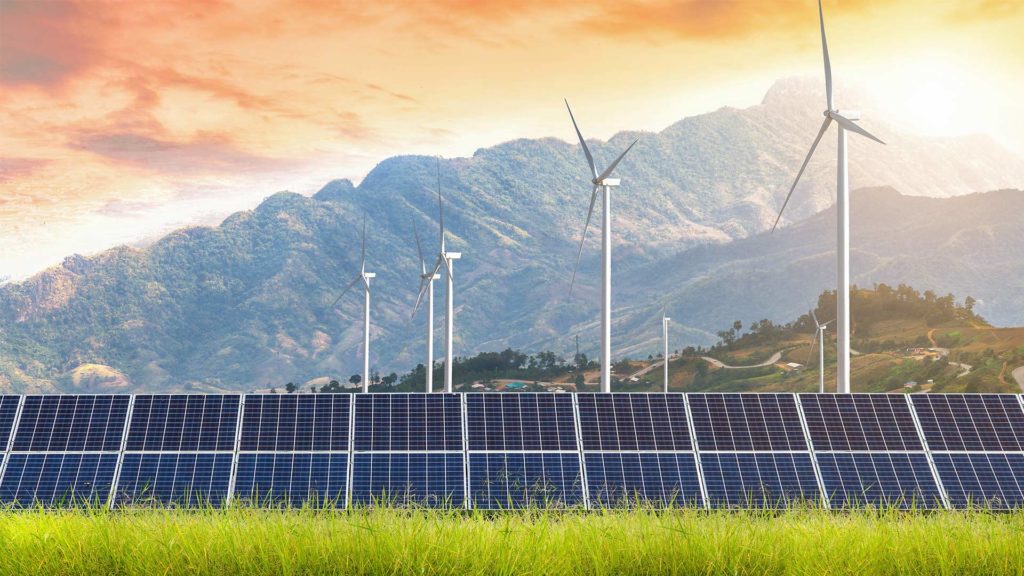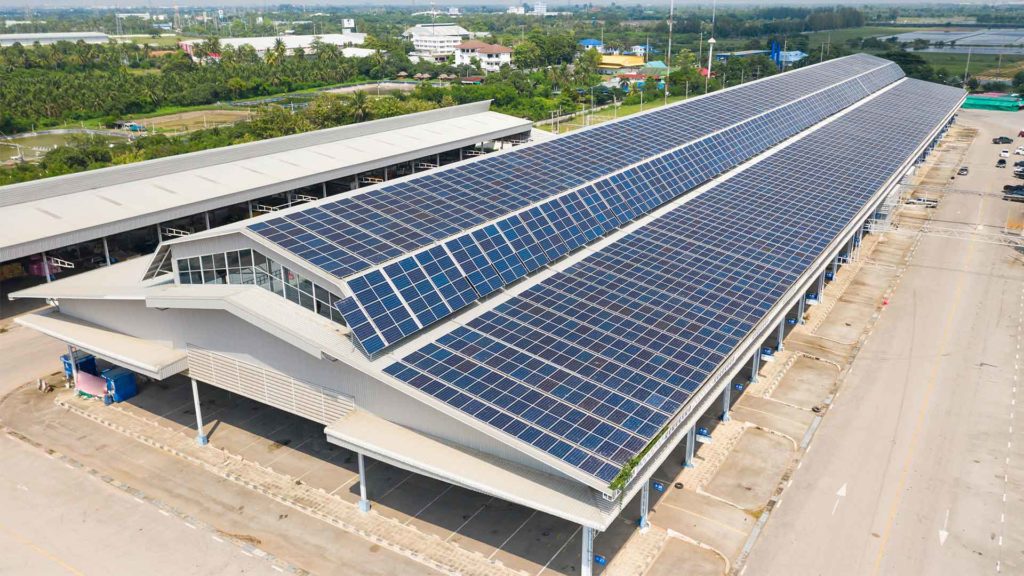Efficient Power Sources USE BORON
Boron is a key element in the manufacture of efficient power sources. It is an important component in nuclear reactors and other types of generators. Boron also provides safe, reliable energy for homes, businesses, and industry. It can generate electricity efficiently and safely using its unique properties.
The most efficient power sources are those that do not give off any waste heat. These power sources generate more electricity than other types of generators. They also generate less pollution in the form of greenhouse gases or radioactive emissions. It is important to consider ways to provide safe, reliable energy for homes, businesses, and industry.

The energy sector is one of the most important industries in the world. Power sources are constantly changing and developing to meet growing demand, with some countries still using coal as their primary source. Renewable power sources like wind or solar may be a viable option for many. But they require large initial investment costs that make them less practical for smaller businesses or households. Nuclear plants do not have these limitations, making them a more cost-effective choice for those looking to save money on utility bills this year.

The Energy Revolution
The energy revolution is here, and it is time to change the way we power our homes. As fossil fuels become more expensive, renewable sources of energy are rapidly becoming a viable alternative. Solar panels are installed on rooftops or in-ground arrays to provide clean, reliable electricity for your home. The cost of solar panels has decreased so much over recent years that they’re now competitive with traditional power sources in many areas. There is an estimation that each house running on solar energy prevents 2 tons of carbon dioxide emissions annually.
Energy is a topic of great concern in today’s world. Currently, the most efficient and sustainable power sources are wind and solar energy. Other forms of renewable energy include geothermal, wave, hydroelectric, tidal, and biomass. These all have advantages to consider when deciding which type would work best for your needs.
Power Sources

Wind-driven turbines harness kinetic energy from air currents to generate electricity.
Solar panels convert sunlight into an electric current or heat through photovoltaic cells that create voltage.
Wave power generators extract kinetic energy from waves to produce electricity at surface level.
Hydroelectric dams use flowing water as their source of power by turning it into gravitational potential energy. It is then converted into electricity.
Biomass is a sustainable and renewable form of energy that includes natural materials like wood, crops (such as corn), livestock wastes, and other organic matter. These are useful to produce heat or power sources. It also has the advantage to capture carbon dioxide from coal plants through gasification. Biomass provides clean-burning fuel for homes.
Geothermal installations take advantage of naturally occurring steam or hot water. They heat up using thermal vents deep beneath the earth’s surface. This process converts it into usable heat.
Tidal turbines use kinetic energy from tidal flows between high and low tides. They are then converted into electric currents.
How to optimize power generation?
Power plants can use heat exchangers with high efficiency and low-pressure loss. This is possible by pumping water through them, which then turns into steam. Heat exchangers need materials like copper or aluminum because they are more resistant to corrosion than steel.
The new era of sustainable development is upon us. The demand for power increases every day, and the world’s energy needs are projected to double by 2050. To meet these demands, we need a technological revolution in how we generate power. One that provides more cleanly and efficiently than ever before. There is a lot of investment worldwide investment in renewable energy projects last year alone. Hence, it is clear that this transformation has already begun. But there is still plenty of room for improvement.
Renewable energies only accounted for about 13% of global electricity production in 2015. It includes hydroelectricity as the largest source at 40%. Achieving 50% renewables will require an additional investment of $2 trillion over the next 15 years. This is cost-effective if we consider the $25 trillion in potential savings from reduced fossil fuel imports.
Role of boron in optimizing power generation
Boron is a chemical element that is useful to produce fuels for power generation. It has several other industrial applications as well. Boron is currently employed both in constructing refractory bricks and as an additive to steel.

It plays an important role in nuclear fission reactors. In generating electricity, the process operates similarly to nuclear fission reactors. Except it uses highly ionized atoms instead of heavy elements like uranium or plutonium to provide the heat necessary for generating electricity. This makes it more efficient than traditional coal plants since less energy is lost as waste heat.
The technology is still in its infancy, but several companies are working to develop fusion reactors that could become the most environmentally friendly energy source around.
It has many advantages in this type of power generation over other types. This process does not produce any radioactive byproducts or require hazardous materials like uranium or plutonium. Meaning if anything goes wrong with the reactor, it won’t cause an environmental disaster.
Boron and efficient energy
Boron is a natural element that can be efficient to provide energy. It can help meet the demand for clean and renewable energy sources. Boron can act as an additive in traditional coal-powered power plants. This would work better than other methods of reducing CO emissions. Rather than adding amines or removing sulfur with scrubbers Boron is much less expensive. It is almost $100 million per plant versus billions of dollars for those two options. It also has no cost whatsoever to the environment. All other approaches require additional equipment/materials and some have environmental tradeoffs. Boron will not harm anything living near these coal-fired plants.
In addition to this, we must use more efficient power sources. The worst offender is coal-fired plants. They are the least efficient form of energy production out there and they emit tons of CO into the air each year. Solar panels are a better option for those who want their electricity with minimal environmental impact. However, solar doesn’t work well in heavy cloud cover or when producing less than what you need (e.g., at night). Nuclear reactors produce high amounts of clean energy but also require constant monitoring and maintenance. It is difficult because nuclear waste takes thousands of years to decay. Using boron could help make all these options cleaner without changing a single thing about how they function.
Boron offers a lot of benefits
Boron has many benefits when it comes to power generation. It is an ultra-efficient, sustainable energy source that produces no CO emissions. Boron is also highly safe even in cases of extreme heat and pressure. This makes boron a great option for those who want high levels of clean energy without the expense or environmental impact of other methods.
Boron will work with any existing form of power generation. You can use solar panels alongside coal plants just as easily as you could add nuclear reactors into the mix.
In conclusion
Energy efficiency is a great way to tackle the global warming crisis and boron is a major part of this solution.





